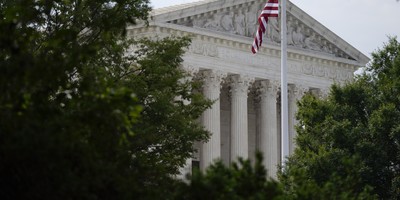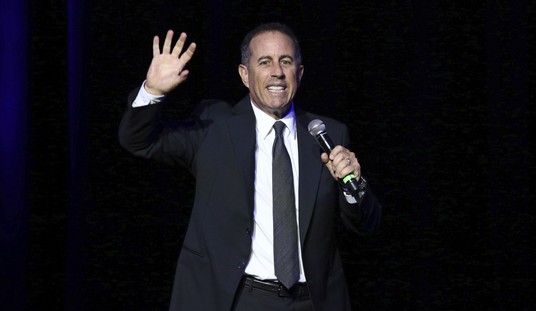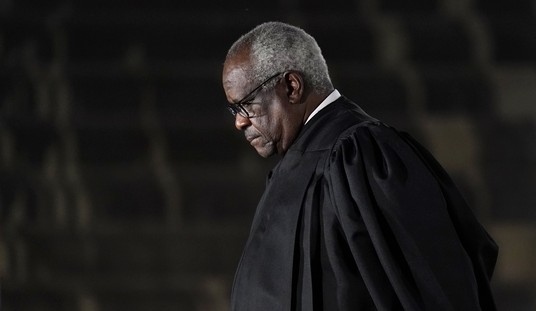Yesterday in the New York Times, Josh Rosner, co-author of Reckless Endangerment, asked one of the questions that almost everyone in Washington is avoiding: how do the taxpayers get back their money, currently about $180 billion (including dividends), from Fannie Mae and Freddie Mac? Obviously Democrats do not want to be reminded that their social engineering of the mortgage market has been a disaster, but why have Republicans been quiet?
I suspect many Republicans, at least those not closely aligned with the real estate industry, are torn between wanting to immediately get rid of Fannie and Freddie and getting the taxpayers’ money back. A common attitude in Washington also appears to be that the money put into Fannie/Freddie is gone, sunk, and will never be returned. I’m not so willing to just give up, on either getting rid of them or getting our money back.
First, let’s accept that any wind-down would likely take a few years, say six or so. So I would suggest we immediately take Fannie and Freddie into receivership. Impose any future losses on creditors, but also continue to run the companies. And continue to buy and package mortgages during the receivership. This would minimize disruptions to the housing and mortgage market.
Instead of simply running the companies, business as usual, levy a surcharge on all their purchases and use that surcharge to pay back the taxpayer. Fannie and Freddie, combined, will likely purchase about a $1 trillion annually in mortgages over the next few years. Assuming a six year wind-down, that’s $6 trillion. A 2 percent surcharge gets back most of the bailout. That’s also high enough to encourage private money to come into the mortgage market and compete with Fannie and Freddie. If my Realtor friends feel this is a ”tax on home-ownership” then they are free to drop their commissions by 2 percent, leaving buyers no worse off. Even better, they can encourage buyers to use a non-government mortgage.
Recommended
Any forecast of housing activity is going to have some error. So the numbers above are likely off, in one direction or another. The point is a surcharge on the purchases made by these Government-Sponsored Enterprises can kill two birds with one stone: getting the taxpayers’ money back and reducing the GSEs’ footprint in the mortgage market.
This work by Cato Institute is licensed under a Creative Commons Attribution-NonCommercial-ShareAlike 3.0 Unported License.






















Join the conversation as a VIP Member